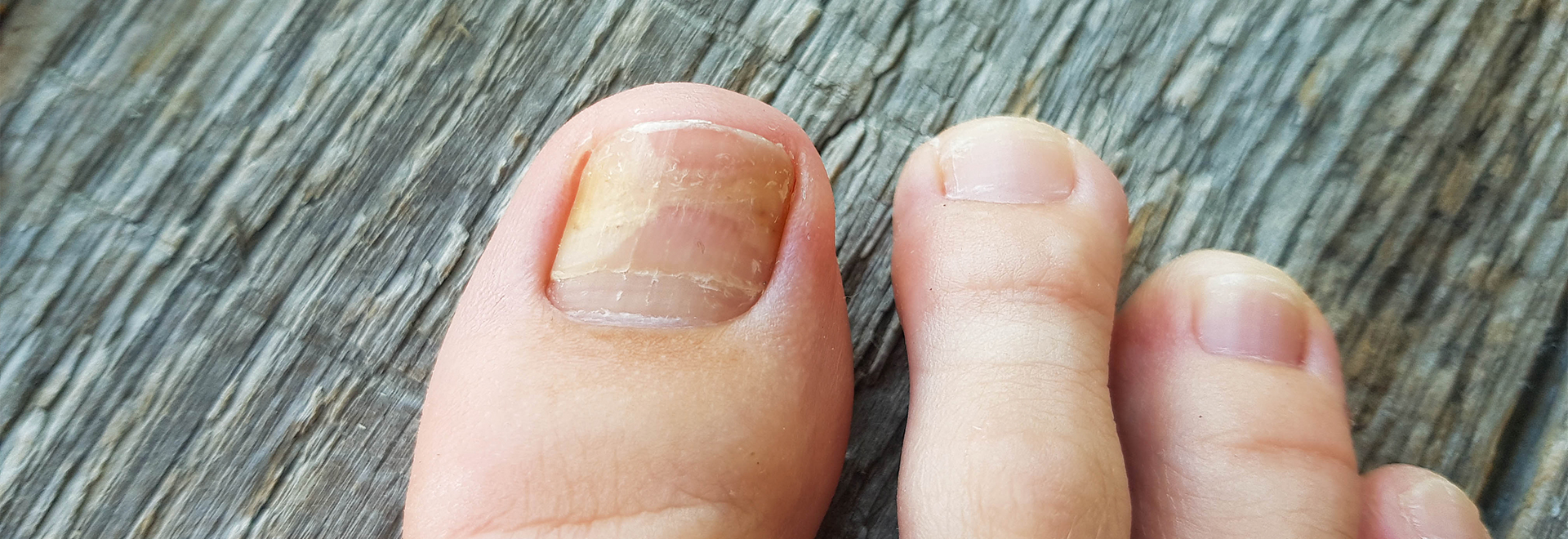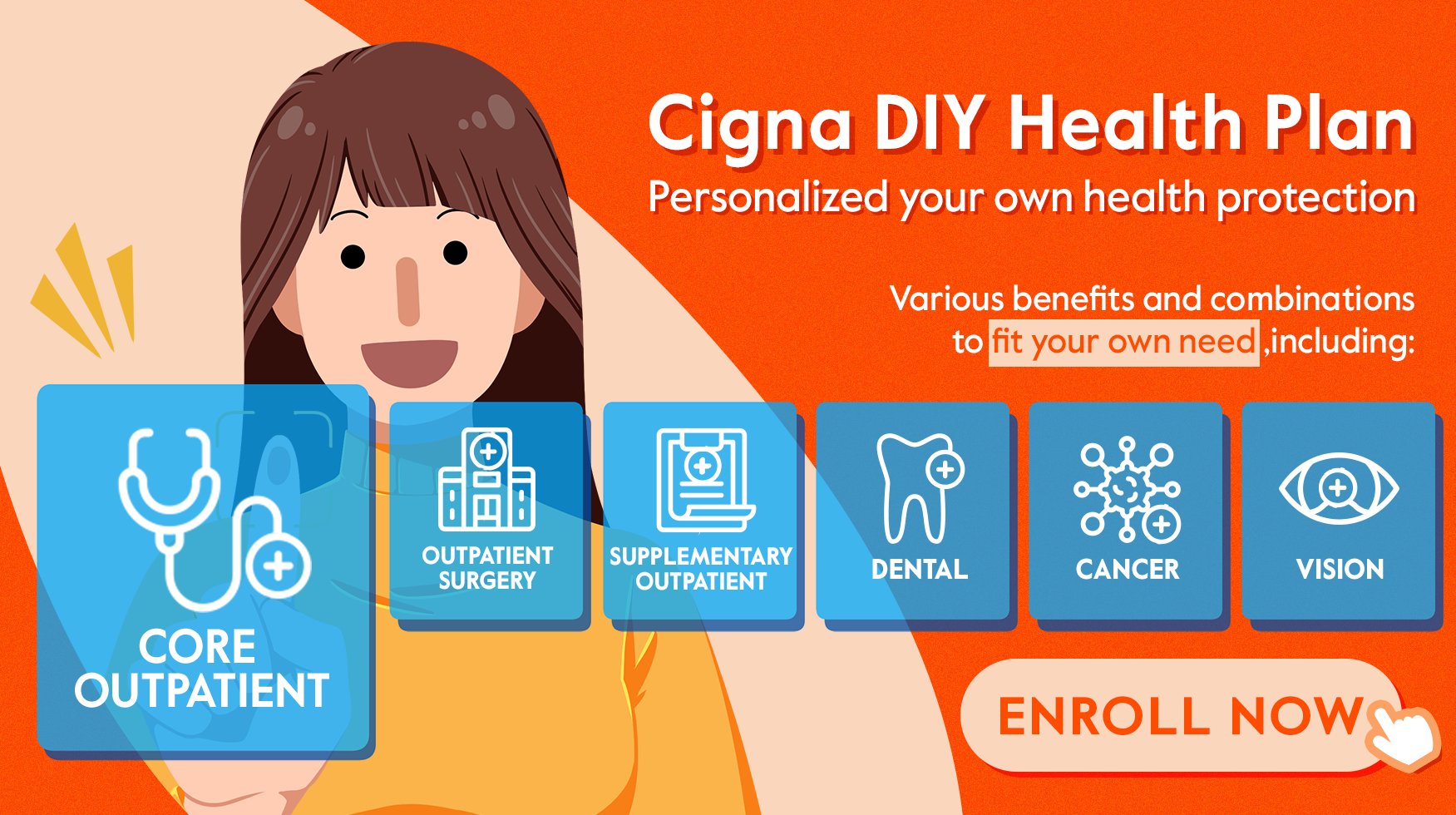Onychomycosis, or fungal nails, is not only contagious but also painful, causing a permanent loss of the affected nail and other complications. Therefore, you should not overlook such conditions! Since children tend to have weaker immunity, serious skin problems can be developed if the fungal infection is not treated promptly. In this article, Cigna Smart Health shares the causes, symptoms and treatments of onychomycosis with you.
What is Onychomycosis?
Fungal nails, also known as onychomycosis or tinea unguium, are caused by the overgrowth of fungi present in and on the body. Onychomycosis is one of the infectious skin diseases. Fungal infections can also happen on your feet and body, but it is the most common to be found on your nails. Onychomycosis will make your nails discoloured, thick, and more likely to crack and break.
Causes and Symptoms of Onychomycosis
The main cause of onychomycosis is a fungal infection, which can be divided into infections of yeasts, moulds and dermatophytes. Fungi thrive in warm and moist environments, so this type of environment can cause them to naturally overpopulate and eventually lead to an infection.
In general, there are no signs and symptoms at the initial stage of onychomycosis. You do not feel any pain at all, but you may observe a colour change at the outer edge of the affected nail. However, the condition deteriorates at the later stages. Besides feeling pain and discomfort, your infected nails may be (partially) distorted, thickened and turned gray-black with odour. Below are the symptoms of onychomycosis.
- Grayish, whitish, yellow-brown discoloration of your nails
- Brittle, crumbly or ragged nails; a distorted nail that may lift off from the nail bed
- Uneven nail surface
- Easy to break into powder when trimming nails
If you do not take care of your infected nails as soon as possible, your infected nails will become brittle and crumbly. For more severe cases, the other nails, your nails and skin will also be infected.
Treatments of Onychomycosis
Once diagnosed with onychomycosis, you should choose the respective treatments according to the severity of your condition and the types of fungi present on your nails. You can take a look at the methods below.
1. Topical drugs
The side effects of topical drugs are relatively fewer than the other treatment options, but the course of treatment is the longest with lower effectiveness. Therefore, topical drugs are not applicable for severe onychomycosis. Generally, it takes around six months for fingernails and more than 9 to 12 months for toenails. The drugs cost around HK$200.
2. Oral antifungal drugs
As the most common treatment, oral antifungal drugs are prescribed-only drugs and can be categorised into allylamines (terbinafine), azoles (itraconazole) and other antifungal medications. Since the medicines may lead to digestive issues, allergies and even liver problems, you should follow your doctor’s instructions strictly when usage. Depending on the type of fungus causing the infection, as well as the extent of the infection, you may have to take these medications for six to twelve weeks.
3. Laser treatment
Using laser devices, the fungi in the nailbed are killed and inhibited by the pulses of energy emitted. Laser therapy is more effective than oral drugs and has fewer side effects, but it is relatively costly, around HK$100-500 per treatment. The procedure does not damage surrounding nail tissues, and no specific aftercare is required after the treatment. However, its costs are relatively higher. Generally, you need three to five laser treatments every four weeks to have the desired effect.
4. Surgery
If the fungal infection is severe or extremely painful, your doctor might suggest permanent nail removal, which costs the highest at HK$13,000 or above. The surgery requires local anesthesia and can be traumatic. Since onychomycosis may recur, you need to continuously apply topical drugs after the surgery apart from maintaining personal hygiene.
Of course, your doctor might suggest combined treatments for earlier recovery and better effectiveness, such as combining topical and oral medications or using laser therapy with nail cream.
Tips to Prevent Onychomycosis
Prevention is better than cure. If you pay more attention to your daily hygiene, you can greatly reduce your risk of onychomycosis. Let’s take a look at the below prevention tips against fungal nails.
- Trim and thin the toenails
- Don’t share nail clippers, shoes and socks with other people.
- Apply moisturizer to reduce barbs and avoid fungi infection from the wounds
- Don’t wear shoes that pressurized your toes or make your feet hot and sweaty
- Wash your shoes regularly and put them under the sun for sterilisation
- Keep your feet clean and dry
Since fungal nails are infectious, you should take prompt actions and treatments once discovered to avoid spreading the infection to the other part of your body or even your friends and family.
Onychomycosis leads to not only discoloured and distorted nails but also cellulitis. You should not overlook these health issues! Cigna DIY Health Plan enables you to freely choose from various protection benefits to customise your plan to your individual needs, including dental coverage, regular oral check-up, treatment cost and emergency. Tailor your health coverage now.


